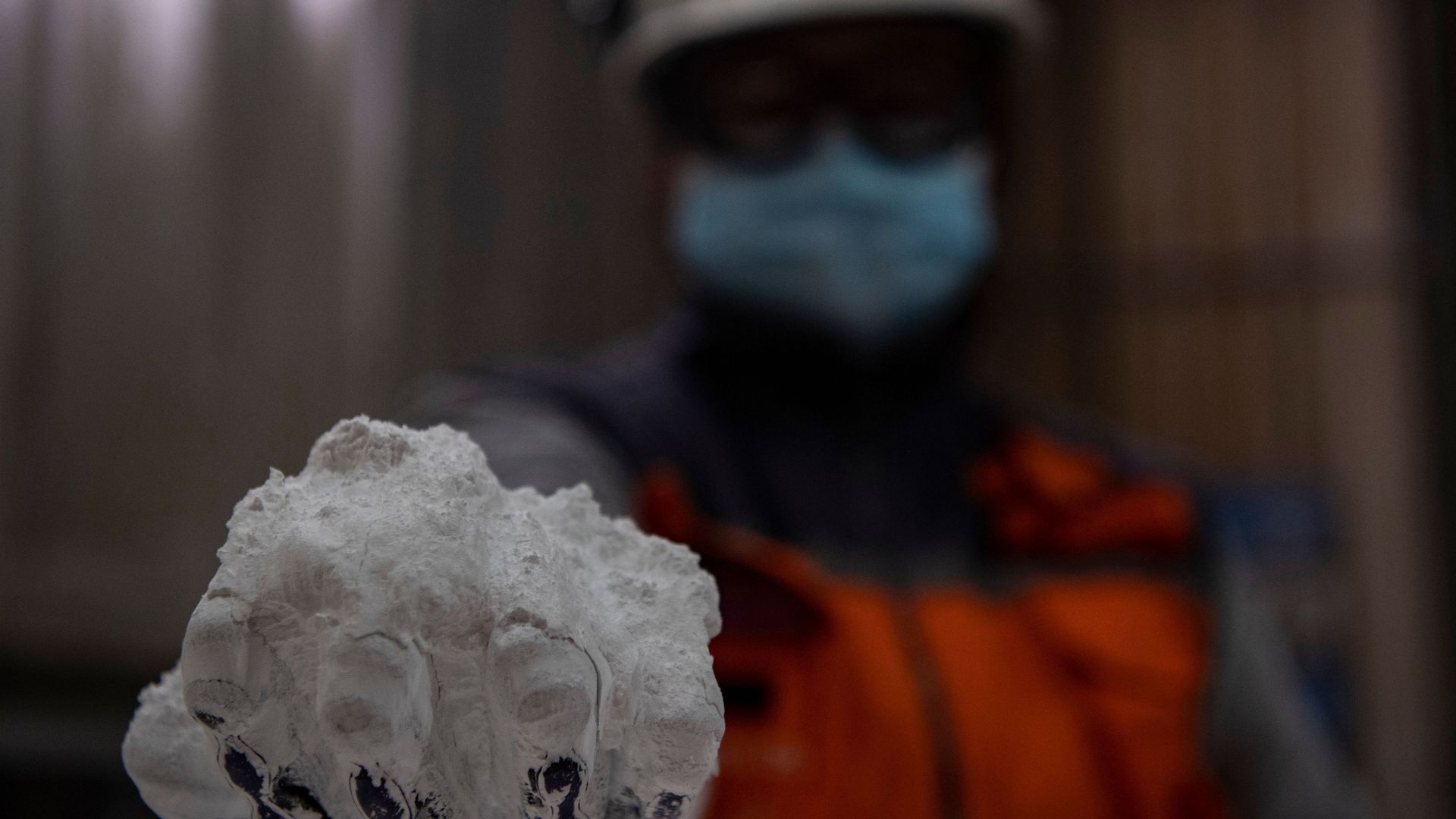Geologists believe they have uncovered the world’s largest lithium deposit within an ancient supervolcano straddling the Nevada-Oregon border. Up to 40 million metric tons of the precious metal — worth about $1.5 trillion — have been identified throughout a 28-mile-long stretch of the McDermitt Caldera.
To put this discovery into perspective, if those estimates hold true, it could account for nearly half of the world’s total known lithium reserves, and would nearly double the lithium reserves found in Bolivia’s salt flats, which previously held the record for the world’s largest deposit.
“If you believe their back-of-the-envelope estimation, this is a very, very significant deposit of lithium,” said Anouk Borst, a geologist at KU Leuven University. “It could change the dynamics of lithium globally, in terms of price, security of supply and geopolitics.”
This find comes at a time of surging demand for lithium, driven by its use in a wide range of applications, from smartphones and laptops to hybrids and electric vehicles. The price of lithium has increased more than tenfold since 2020, making it the most expensive battery metal globally.
Often referred to as “white gold,” experts predict that by 2050, the demand for lithium will reach over 10 times more than current annual production levels. The continually increasing need for more lithium globally has even led some analysts to predict that the world could be facing a shortage of the metal by as early as 2025.
“We do fundamentally believe in a shortage for the lithium industry. We forecast supply growth of course, but demand is set to grow at a much faster pace,” said Corinne Blanchard, Deutsche Bank’s director of lithium and clean tech equity research.
This deposit in the United States could bring a sharp economic boost for a nation which has had a limited domestic supply of lithium to date. A 2022 report by the U.S. Geological Survey revealed that the nation’s only lithium production came from a single operation in Nevada. As a result, American imports of lithium-ion batteries increased by 99% from 2021, with nearly 70% of these imports originating from China in 2022.
“China just put out its next five-year plan,” Energy Secretary Jennifer Granholm said. “They want to be the go-to place for the guts of the batteries, yet we have these minerals in the United States. We have not taken advantage of them, to mine them.”
“The lack of a substantial lithium battery supply chain in the United States and the lack of secure access to energy materials pose serious threats to U.S. national and economic security,” said a report by Li-Bridge, a public-private initiative which receives funding from the U.S. Department of Energy to work towards accelerating the development of a robust supply chain for lithium-based batteries.
News of this discovery is expected to stimulate domestic lithium production, reducing the United States’ dependence on foreign suppliers. Plans are already underway to commence mining in the McDermitt Caldera by 2026, with operations expected to continue for the next 40 years once the mine is operational. Project stakeholders anticipate an annual lithium yield of 40,000 tons.
However, while building up a domestic supply of lithium holds substantial geopolitical benefits and would represent a crucial contribution to the Biden administration’s electric vehicle goals, mining the resource comes with environmental concerns.
Scientists estimate that for every ton of lithium mined, approximately 15 tons of CO2 emissions are generated. If the mine meets its annual production targets, it could potentially contribute an additional 600,000 tons of CO2 emissions into the atmosphere each year.
“Our new clean-energy demands could be creating greater harm, even though its intention is to do good,” said Aimee Boulanger, executive director for the Initiative for Responsible Mining Assurance.
The location of the proposed mining site has also added further complexity to the project. The land is considered sacred by local Native American tribes, and tribal leaders are voicing opposition. The People of Red Mountain — a Native American advocacy group — labeled the mining efforts of lithium as a form of “green colonialism.”
“Lithium mines and this whole push for renewable energy — the agenda of the Green New Deal — is what I like to call green colonialism,″ said Daranda Hinkey, a member of the Fort McDermitt Paiute and Shoshone Tribe and a leader within the People of Red Mountain group. “It’s going to directly affect my people, my culture, my religion, my tradition, my children and children after that.’’
Meanwhile, the United States has been intensifying efforts to boost electric vehicle battery manufacturing, an industry heavily reliant on lithium. Investments in the sector have more than quadrupled from 2021, underscoring the nation’s need for more lithium as the White House pushes to put more electric vehicles on the road.


